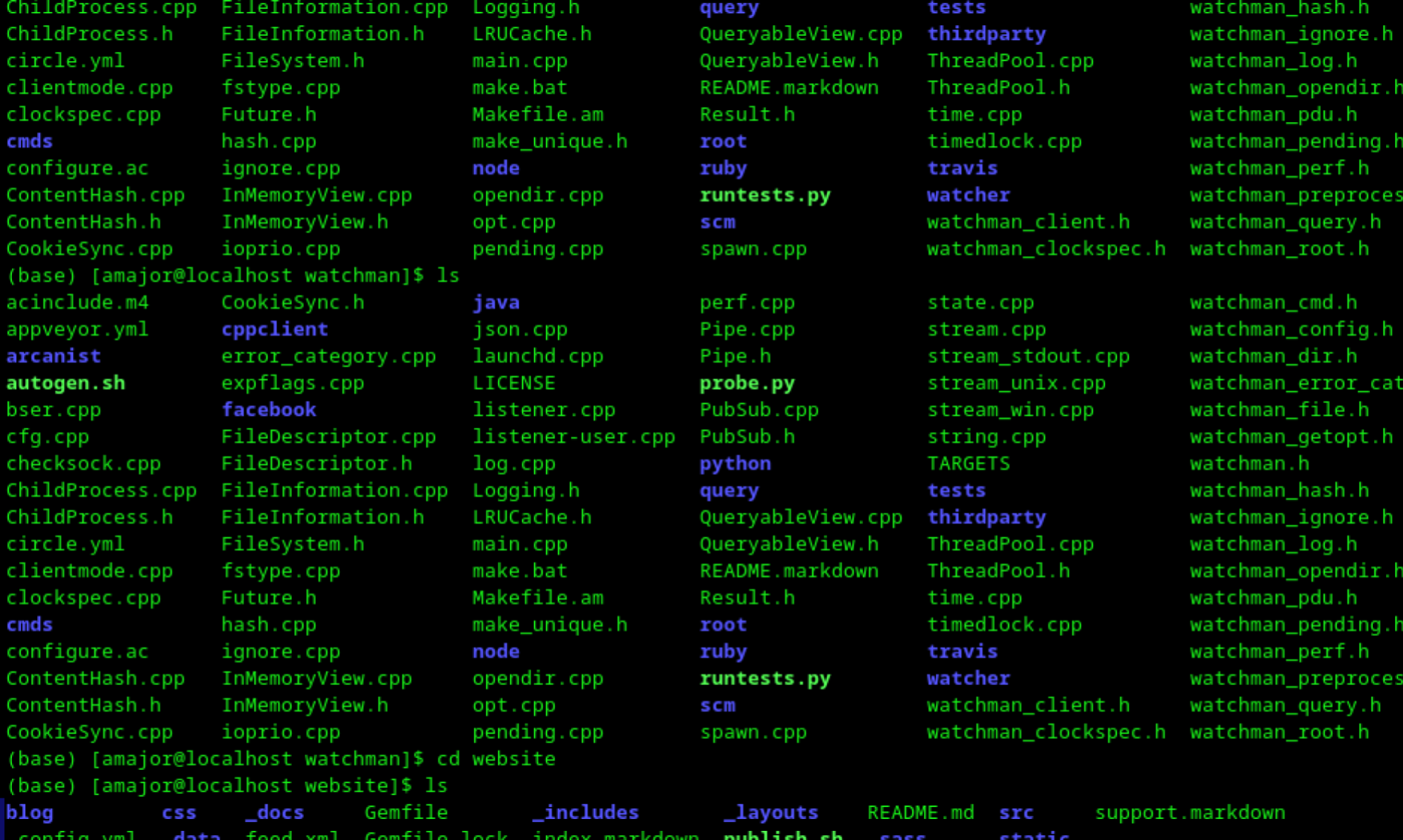In provocation,
Your choice to react or not;
Your greatest power.
Backwards
Be eager to help;
When any one of us fails
We all step backwards.
Interconnected
Interconnected;
A blind eye to others’ needs
Harms each one of us.
The Power Of Thought
The power of thought,
Like the pull of gravity;
Inexorable.
There’s Plenty To Share
There’s plenty to share,
Except the will to share it.
Give with a glad heart.
The Only Limit
The only limit
Is what you can imagine.
Go forth fearlessly.
Sunshine On Calm Sea
Sunshine on calm sea,
Pebbles crinkling underfoot
As cold breath rises.

Sea Breeze
Stiff sea-breeze blows.
Wet sand squashes under foot.
Winter won’t stop us.
Try Not To React
Try not to react.
Anger hurts only the self,
So choose gentleness.
Let Go Of The Past
Let go of the past.
A sieve cannot store water;
Impermanence reigns.
Celebrate Progress
Celebrate progress
With a truly thankful heart;
Then prepare for more.
Mistakes Still Happen
Mistakes still happen
Despite recognising them;
Forgiveness is key.
A Cold Night Sky
A cold clear night sky,
Dogs barking at the bright moon
While the stars twinkle.
Mistakes Of The Day
Mistakes of the day,
Like fallen leaves blown by wind,
Pass swiftly from view.
Some Lessons Are Hard
Some lessons are hard
Though they may seem obvious.
Real change demands work
